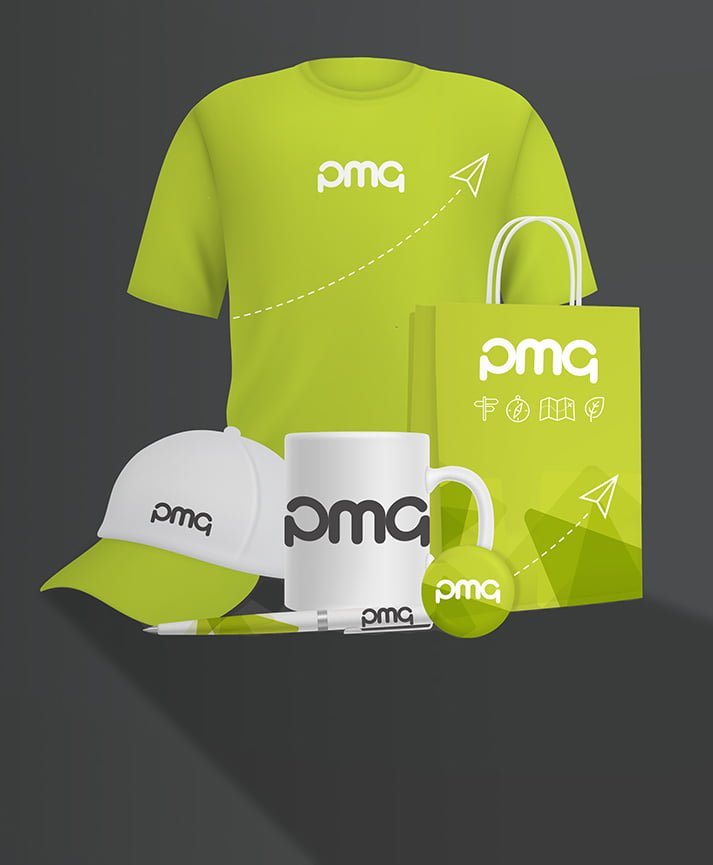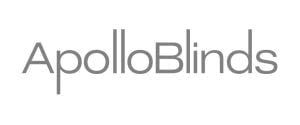
Are you a novice print marketing designer? Unfortunately, inexperience is not justification for making certain design blunders. Using certain typefaces is one of them. Even with the best intentions at heart (such as ease of legibility), integrating certain typefaces into your design will not do your brand any favours. It can. In fact, have quite the opposite effect, positively driving potential customers away. With this firmly in mind, we urge budding print designers and business owners to read on carefully while considering the possible repercussions of employing any of these overused typefaces…
Times New Roman
Times New Roman was designed for the newspaper printing industry to improve the legibility of very small print on poor quality paper. This font has survived the test of time, having been selected by Microsoft to be the operating system’s default typeface for programs such as Word right up until 2007. Times New Roman is undeniably easy to read and can still justifiably be used for many purposes, however – print design is not one of them. Marketing material of any kind written in Times New Roman will appear old fashioned, uninventive and unadventurous. Avoid at all costs.
Comic Sans
Although there is nothing implicitly wrong with Comic Sans as such, on account of its extreme overuse in a ‘lighthearted’ context it has become something of a joke. There are entire websites dedicated to shunning the font and all its users. While you may get away with using Comic Sans in certain informal situations, they are increasingly few and far between. If you use this font in your print design, extradition is a real possibility.
Papyrus
Papyrus hasn’t necessarily suffered from the same overuse as the above, but it certainly has been stereotyped. Papyrus is linked with manufacturers that consider themselves environmentally friendly and businesses trying to portray a ‘rustic’ or ‘holistic’ image. If your brand fits this image then you might like to use the font, but be warned – it still lacks any hint of originality.
Courier
Courier is designed to look like a typical typewriter’s font. Nowadays, on account of its fixed letter width its primary use is by students who want to make their short essay look longer. Despite being entirely outdated, this typeface still features online and in the occasional print design. We hope that you will resist the temptation to do the same.
Lobster
The new Comic Sans? Some people certainly think so. This typeface hasn’t been around for that long but due to an exponential rise in popularity, the font now finds itself being tragically overused. While it sports a certain vintage appeal, its use should be avoided at all costs in order to ensure that your brand doesn’t appear to be riding the bandwagon.
Curlz MT
Mischievous? Yes. Arty? Yes. Legible? Hardly. The twists and curls of this font are certainly whimsical and cute, but these not only make the typeface unnecessarily difficult to read but also detract from the quality of the writing itself. Curlz MT is allowable for children’s party invitations only.
Bleeding Cowboy
To us, even the thought that some print designers consider Bleeding Cowboy to be acceptable is nauseating. This font is indicative of a print designer who was looking to be original but ultimately couldn’t be bothered. There are many free fonts available to print designers that are little used yet subtle, and this is not one of them. Good taste doesn’t need to be sacrificed for the sake of standing out.
Trajan
Admittedly Trajan screams respectability but, as a result it has been overused by businesses and institutions attempting to convey an image of trustworthiness. Originality has not been foremost in the minds of print designers using Trajan. There are many fresher typefaces that will carry the same message as Trajan, so please use them instead.
Brush Script
Brush Script almost suffers from the same treatment as Comic Sans in increasingly being considered a blight upon society. While the typeface is perfectly readable it most certainly does not closely replicate handwriting (as is its aim) but instead falls somewhere in between handwriting and an acceptable digital font. In other words, for the sake of your brand’s reputation, do not use Brush Script.
When you come to design your business’s marketing material or your personal business cards, don’t neglect to carefully consider the typeface. While certain fonts are ideal for use within certain markets and sectors, ensure that they have not become clichéd. If you would like assistance in designing your print marketing materials this year then contact PMG – our expertise will ensure that your ideas look fantastic in print.
















































